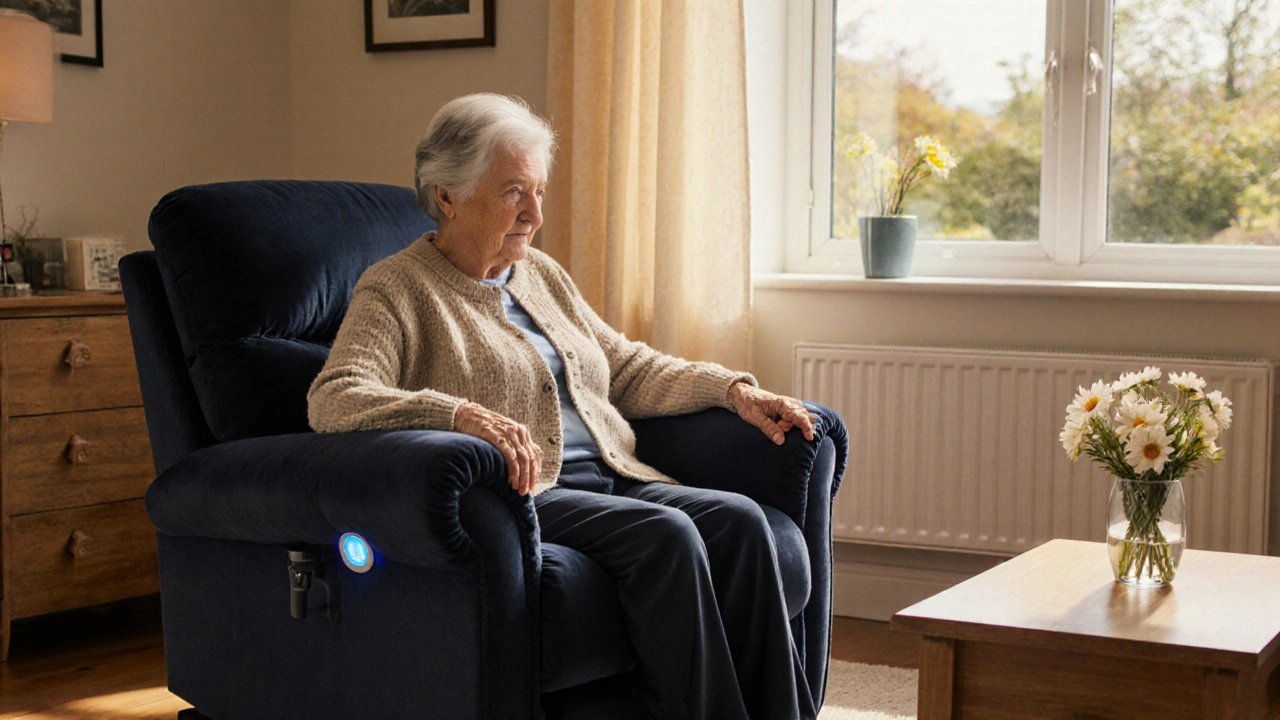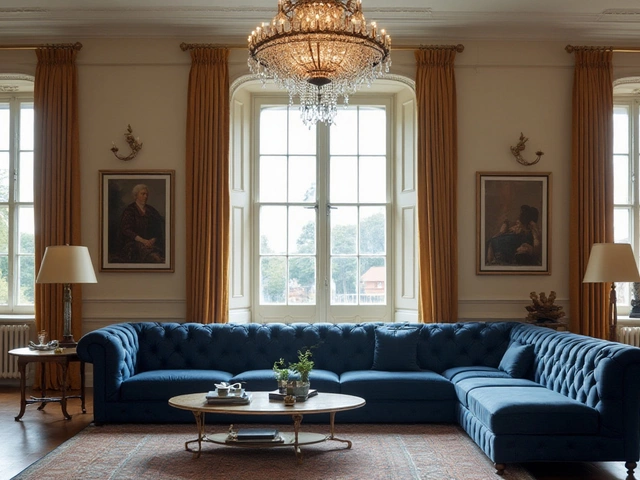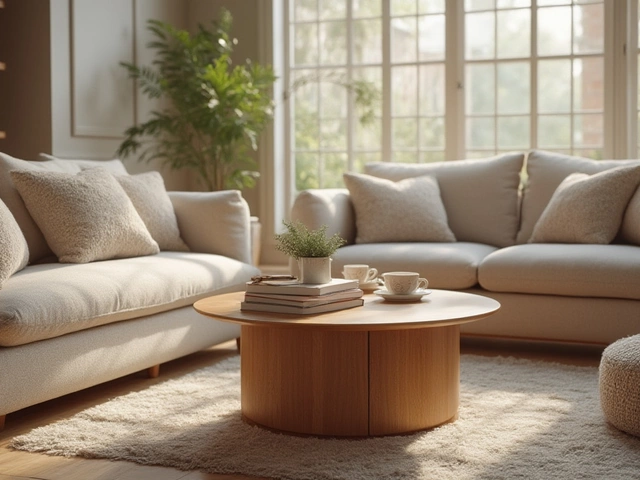Elderly Furniture: Safe, Comfortable Choices for Seniors
When choosing Elderly Furniture, pieces crafted specifically for older adults to boost safety, comfort, and independence. Also known as senior‑friendly furniture, it tackles mobility limits and health concerns that come with age. But it’s not just a single product line. The market also offers Senior Seating, chairs and sofas with optimal seat height, firm cushioning and sturdy armrests. Another key player is Adjustable Beds, sleep systems that let users raise or lower head and foot sections for better circulation. Finally, Mobility‑Assisted Tables, height‑adjustable work surfaces that support standing or seated tasks round out the core offering. Together they form a complete ecosystem that addresses daily living challenges.
If you’re hunting for elderly furniture that blends style with safety, you’ve come to the right place. Elderly furniture encompasses senior‑friendly seating, meaning every chair or sofa should feature easy‑to‑grip arms, non‑slip legs and a seat height that allows feet to rest flat on the floor. These attributes reduce the risk of falls and make getting up less of a chore. Elderly furniture requires safety features like rounded edges and sturdy frames, because sharp corners can cause bruises or worse during an accidental bump. Choosing pieces with these built‑in safeguards means you’re investing in long‑term health, not just a quick aesthetic fix.
Key Features to Look For
Senior seating should prioritize ergonomics. Look for a seat depth of 16‑18 inches so the user can sit back fully without slipping forward. Firm yet forgiving cushioning supports joints while still offering comfort. Wide armrests at a comfortable height (about 7‑9 inches from the seat) provide a reliable lever for standing. Some models even add a gentle lift‑assist mechanism, turning a simple push‑up into a smooth rise. Adjustable beds influence sleep quality for seniors by allowing the head to be raised to reduce acid reflux or the feet to be lifted to improve circulation. Features like a low‑noise motor, easy‑to‑use remote, and a sturdy rail system are essential for night‑time safety.
Mobility‑assisted tables bring flexibility to the bedroom, kitchen or living area. Height‑adjustable legs let the surface match the user’s seated or standing position, cutting down on back strain. Integrated cable management keeps cords out of the way, and a smooth‑glide glide‑track ensures the tabletop moves without jerks. Lighting also plays a hidden but vital role; soft, glare‑free task lights mounted nearby improve visibility for reading medication labels or knitting. When you combine these pieces, you create a living environment where independence thrives.
All of the articles below dive deeper into these topics. You’ll find practical tips for selecting the right recliner for a loved one, safety checklists for bedtime setups, and comparisons of materials that stand up to years of use. Whether you’re a caregiver, a senior looking to upgrade, or just curious about age‑friendly design, the collection offers clear guidance to help you make confident choices.



